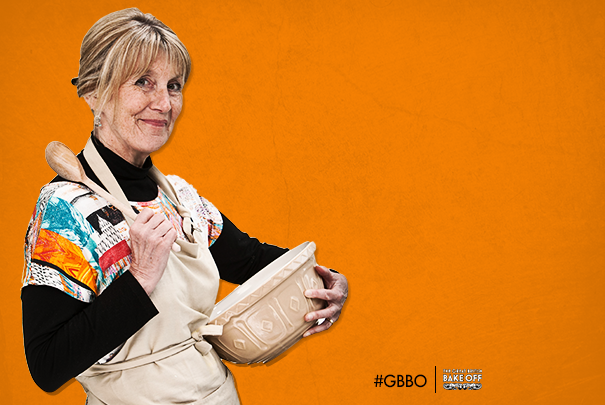This week, Bake Off is going back more than 500 years to the Tudor period – and the days when Henry VIII would spend his summers in the north of England, to escape the stench of London and munch his way through the country’s produce.
Rich Tudors ate little in the way of fresh fruit and vegetables. Fruit was usually cooked, while vegetables (particularly root vegetables) were considered peasant food. Eating game, however, was seen as a sign of wealth as only the rich were permitted hunting rights – and so meat was eaten in huge quantities.
Here are my five top tips for making your own Tudor-style pie… in a 21st century kitchen:
Ingredient: Tudor spices
The meat pie was a huge favourite in Tudor times. Baking tins, as we know them, were not invented, so the pie crust (or ‘coffin’ as it was called) served as a sort of casserole dish. These pies were extremely decorative and consumed in huge quantities.
Nowadays we still love a pie and, thankfully, have perfected our pastry making. My grandmother always made a pork pie at Christmas and I have continued her tradition – with a few added ingredients. Sage, paprika and mace would most certainly have been available in Tudor times. Add these spices to anchovies (mixed to a paste), then use to flavour the raw meat mix for a deliciously subtle yet bold transformation.
Style: Embellished topping
Given that a homemade pork or game pie is a centrepiece at Christmas, I think the Tudors had it right with their ornate pastry. Hot-water dough is easier to handle than any other pastry: it is forgiving and can be shaped, cut and moulded with no complaints.
It’s important when making a hot-water crust pie – whether small, large, hand-raised or in a tin – that a hole is made in the top to allow steam to escape. I use the wide end of a metal piping nozzle to cut out a neat hole in the centre of the finished pie. This can be embellished by surrounding it with cut-out pastry leaves.
Technique: Hot-water pastry
Hot-water pastry is easy to make. A few simple ingredients and a star is born. The dry ingredients for my standard hot-water pastry mix are: 500g strong plain flour, salt and white pepper. To this I add a whole egg yolk, which I think brings extra colour, pliability and taste.
Here’s how to do it: In a pan, dissolve 150g lard into 300ml water, then bring it to the boil. Obviously if boiling liquid is poured onto an egg yolk it will cook immediately, so bury the egg yolk in the flour mix at one side of the bowl and as soon as the boiling liquid is added to the bowl stir rapidly with a wooden spoon. The whole mixture will come together nicely and once it is cool enough to handle it can be gently kneaded until smooth.
Common problem: Leaky filling
A deep-filled pie containing lots of raw or partly cooked meat will produce moisture during the fairly lengthy baking, so care should be taken to prevent leaks. Rolling or shaping the pastry carefully is important, making sure there are no weak or thin patches that might break. Once the pie has been filled, chill it for at least an hour to allow everything to firm up.
For a golden finish, brush your pie with egg then pop it into the fridge for 15-20 minutes while the oven comes to temperature. Brush it again just before it goes into the oven. After the pie has been inside for half an hour to an hour – enough to allow the pastry to set and start to colour – turn the heat down so that the meat inside cooks gently and thoroughly.
New twist on a retro classic: Gammon, chicken and apricot pie
A game pie is not for everyone, and pheasant, hare, rabbit and pigeon are not always readily available anyway. But don’t let that stop you. Try your hand at hot-water crust pastry and layer your pie with alternating 10cm-long strips of gammon and chicken, with a layer of dried apricots in the centre.
When cut, this pie is a real showstopper: the white, cooked chicken contrasting nicely with the pink gammon and orange apricots. Fit for a king.
@nancybbakes won Great British Bake Off 2014. Since then she’s travelled from Cornwall to The Shetland Isles, baking and entertaining fans.
Learn more about her food and her travels on her blog.
